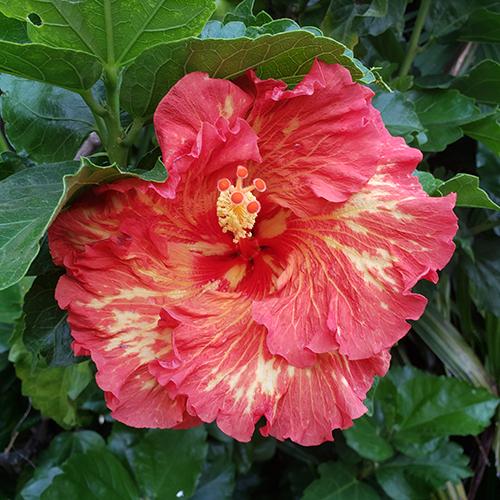
Benefits of Hibiscus
Hibiscus helped save our puppy We found a pedigree Golden retriever for sale for $50 in the local paper. At the time, they were selling

The permeation of foreign invaders occurs in the connective tissue surrounding the body cells (known as the reticuloendothelial system, or RES).
The body produces a substance, hyaluronic acid, which is responsible for maintaining the integrity of these tissues.
If they lose their integrity, pathogens can easily invade our cells.
Nature provides pathogens with an enzyme, hyaluronidase, which is a spreading factor also present in snake venom, spider venom, bee venom, cancer cells and even the head of sperm cells.
This enzyme breaks down the RES.
Once this barrier is broken invaders can infect us.
Once they get started, we will be sick for a few days (or more) till our body can mobilize enough active immunity to drive it off.
This shows why it is so important to prevent colds and flues.

In the movie, Jurassic Park the dinosaurs were fed something to prevent them from breeding.
And yet they found eggs indicating that they were breeding after all. Nature finds a way.
I call it the Jurassic Park Syndrome.
In much the same way antibiotics tend to breed resistant strains of pathogens.
So, it turns out that our best defense is boosting our natural immunity.
One way to strengthen our nonspecific resistance is to take an enzyme inhibitor such as echinacea, Echinacea spp.
It has been shown that substances in echinacea bind with the receptors on hyaluronidase and neutralize it.
Echinacea also strengthens the body’s production of hyaluronic acid and appears to be involved in the regrowth of connective tissue damaged during infection.
This is a season of long nights and short days. It is a yin period in which our energy, like that of the plants, retreats to deep within (our roots).
Even during the day, the weather may drive us indoors to more passive activities like reading, meditation and other activities that conserve our outward yang energy.
It’s a good time for reflection and getting into our dream process.
Rest is very rejuvenating.
Acid-forming foods create mucus and stagnation.
The combination of an acidic environment and stagnant mucus invites infection.
In cold weather we require more heat-producing foods, mainly proteins and carbohydrates with an emphasis on roots.
Most of a plant’s energy is in the roots in the winter so we can tap into plant vitality by eating carrots, turnips, beets, onions, garlic, ginger and potatoes.
Cayenne is also an excellent warmer.
To get balanced protein we can combine cooked whole grains (millet & buckwheat are less starchy than rice, wheat, barley, or oats) with beans (lentils, black beans, & red aduki beans), miso and the sea weeds (sea vegetables).
The addition of kelp, dulse, nori, and hijiki provide Vitamin A and E essential for immune function, as well minerals and iodine.
They also help rid our bodies of harmful radiation and heavy metals.
Green foods including wheat grass juice and other enzyme-rich foods such as miso provide chemotaxic factors for phagocytosis.
Miso Broth– In hot water combine Miso, Nutritional Yeast, micro algae, and Cayenne to taste. Drink hot.
Root Soup– To the above broth add Onions, Ginger, Garlic, Burdock, Carrots, Potatoes, etc. Simmer gently.
Water in sufficient amount to flush the kidneys and provide fluid balance is essential.
Best taken between meals when it won’t dilute digestive juices.
The old remedy for colds- drink plenty of fluids and rest also turns out to be a great preventative.
Regular moderate exercise stimulates cardiovascular function as well as prana (breath).
If you find something you really enjoy doing it will be more natural to incorporate it into your daily routine.
Don’t overdo it but if you get into it, you will find the natural high of released endorphins.
It also increases the production of neutrophils which make up the largest proportion of white cells that roam the body to identify and fight infections.
The term “catch a cold” corresponds to the Chinese concept loss of internal heat which results in a stagnation condition inviting infection.
By staying warm we can keep our fluids moving.
Serous fluid bathes our membranes of pathogens and debris.
If this becomes congested, it’s like a garbage strike in the city.
Serous fluid also carries off waste from cellular respiration and needs to keep moving to do the job.
Dress in layers so that you can adapt to changing temperatures.

Previously known as Siberian ginseng because it grows abundantly in Russia, Eleutherococcus senticosus is related to Panax ginseng and is similar in chemistry and properties.
Studies show that the root may be a better adaptogen than Panax.
It strengthens the immune system by stimulating the release of endogenous chemicals from within the cell.
There is some evidence it may help destroy cancer cells.
It prevents and helps decrease the intensity of viral infections such as colds and flus.
It also reduces the results of environmental (especially thermal) physical and emotional stress on the body and helps to neutralize the effects of free radicals.
It is nontoxic and can be taken regularly on a daily basis. Take a cup of tea daily. Double or triple dosage to fight off disease

This South American herb, Tabebuia avellanedae, the slightly reddish inner bark of a large tree, was used by the Incas. It is also called Lapacho and Taheebo.
Pau D’Arco has a long history of use for colds, flus, fevers, boils, infections, snake bites and other immune-related problems.
It also grows in India where it has a similar history.
Tests have shown it to have anti-malarial and anti-cancer activities.
This bark contains a high percentage of iron, which is easily assimilated.
It is said that it can be taken in massive doses without fear and may be combined with any other medication.
It gives the body greater vitality by strengthening its organic defenses.
It revitalizes the body, helping to create new normal cells.
It increases resistance to diseases and creates a feeling of well-being.
It helps in elimination of pain after a few days of treatment.
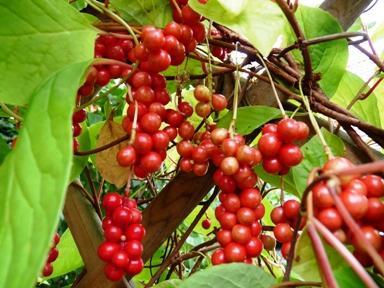
The berries of the bush, Schisandra chinensis or S. splenanthera, known in China as Wuweizi or “five favored fruit” contains all five elements (flavors) of Oriental medicinal theory, thus balancing all aspects of the body’s functioning including “nonspecific” metabolic balancing.
They decrease fatigue and increase natural resistance.
They are often used to prevent and cure colds and flus.
One study showed that Russian children who took the herb during an influenza epidemic had an increased resistance to the disease.
The berries have a low toxicity and can be taken as tea or incorporated into food, such as soup.
Use one teaspoon of the crushed berries per cup and drink a cup or two daily.
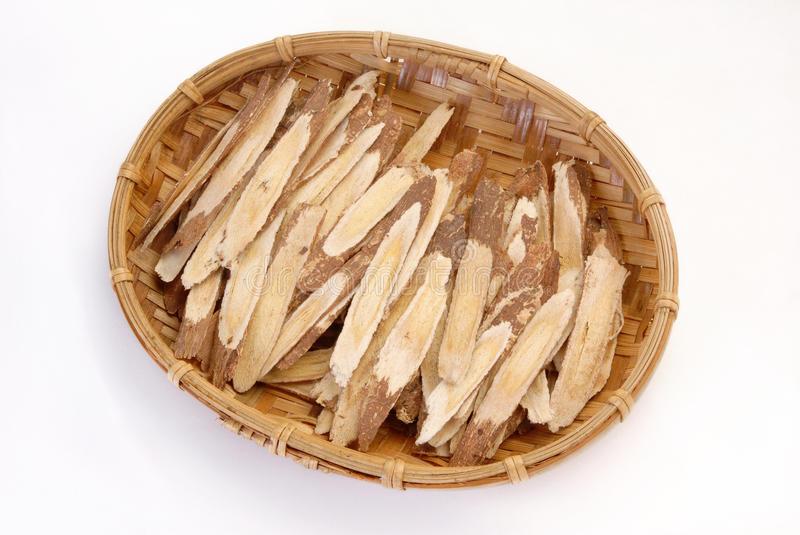
The Chinese tonic root, Astragalus membranaceous, also known as huang chi, commonly cooked in with grains has traditionally been used to strengthen the defensive energy of the body.
It is indicated for all immune system breakdowns including colds, fevers, infections, AIDs, etc.
Studies have shown that people taking the herb while undergoing chemotherapy or radiation treatments that compromise the immune system, have a 500% higher recovery rate.
The herb guards against opportunistic infections by stimulating the responsiveness of T cells.
It seems to potentiate killer cell effectiveness and boosts production of macrophages.
It induces interferon production which helps prevent viruses from gaining a foothold in the respiratory tract.
Astragalus extracts are being used in China to fight several kinds of cancer.
The herb is non-toxic and can be taken daily as a tea.
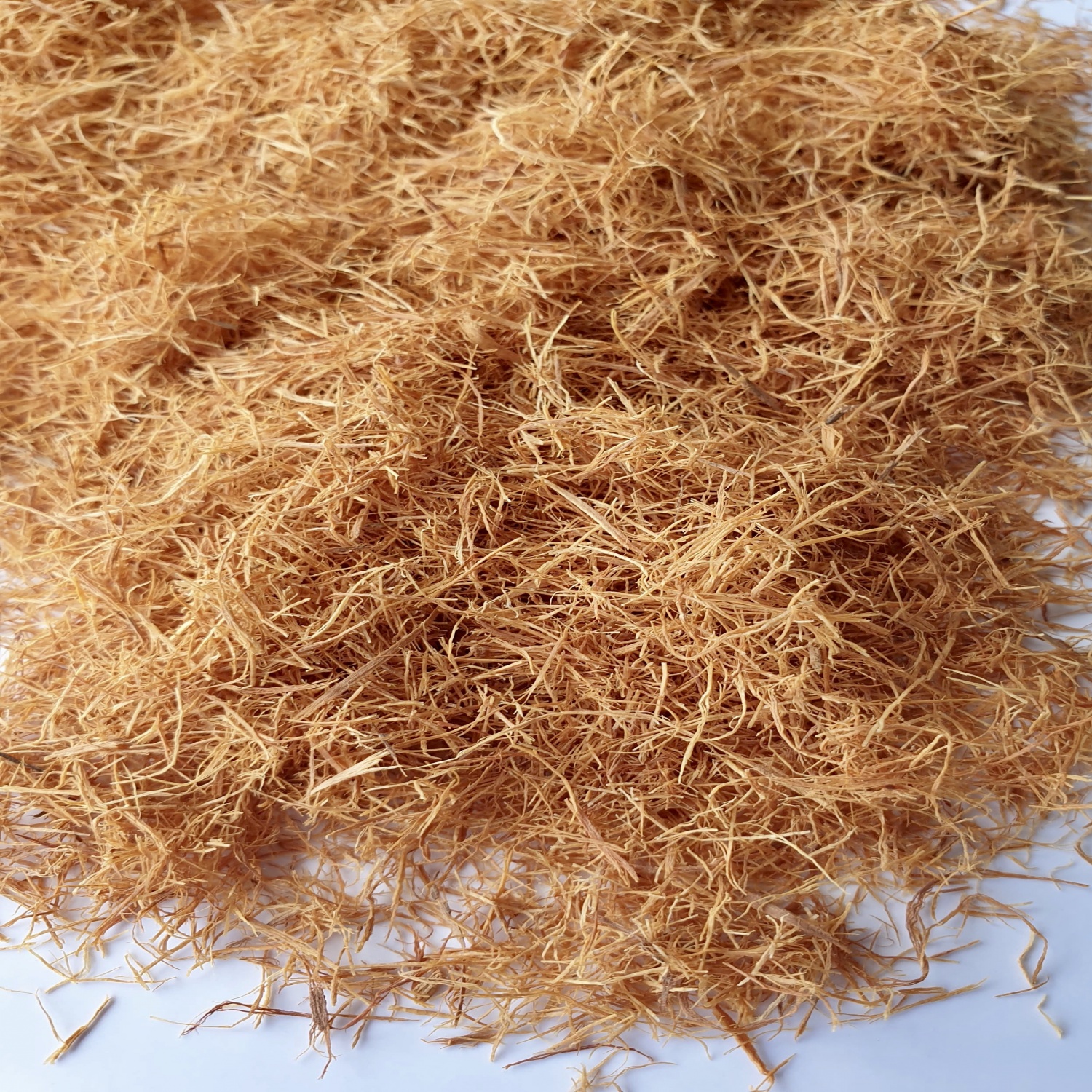
This Peruvian rain forest tree bark, Uncaria tomentosa, is similar in appearance and action to Pau D’Arco.
Known as “clearer of the way”, it has a remarkable ability to cleanse the entire intestinal tract.
It seems to stimulate nonspecific immunity and enhance phagocytosis.
Studies show that it may be beneficial for treating cancer, arthritis, bursitis, rheumatism, genital herpes and herpes zoster, allergies, ulcers, systemic candidiasis, PMS, environmental toxin poisoning and HIV.
They further suggest the potential effectiveness of cat’s claw as complementary and/or alternative medicine for COVID-19 treatment.

Something else to be considered to make us stronger is the practice of meditation, going within and finding our peace so that we don’t stress out about what we find going on around us.
Buddhism was founded by a man, Gautuma Buddha. According to Buddhist texts he meditated under a tree for seven weeks (49 days) without moving from his seat until what was happening around him did not matter.
Jane and I practice techniques for going within taught by Prem Rawat.
You may find out more about what he teaches here.
Teaching comprehensive holistic education since 1985.
We are currently offering interactive hybrid courses including Herbal Fundamentals, Energy Healing, Aromatherapy and Clinical Herbology
Hybrid means you may choose to participate in each individual class in the hybrid course online or in person.
All of our products are made with love from organic, all-natural and ethically sourced ingredients.
We began making and perfecting our own herbal remedies more than thirty years ago and offer our favorite products for purchase.

Hibiscus helped save our puppy We found a pedigree Golden retriever for sale for $50 in the local paper. At the time, they were selling
Hawthorn Berry Hawthorn is known as the heart herb for its many benefits as a heart tonic. The berry has been a key part of
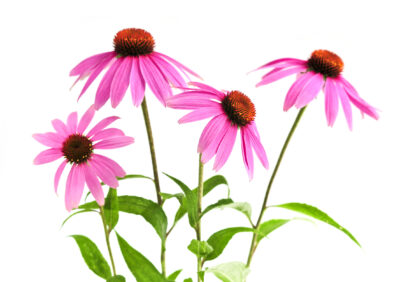
Can you take herbal supplements to arm your immune system? You probably know that zinc, vitamin D and vitamin C are gotta-have-its. How about herbal
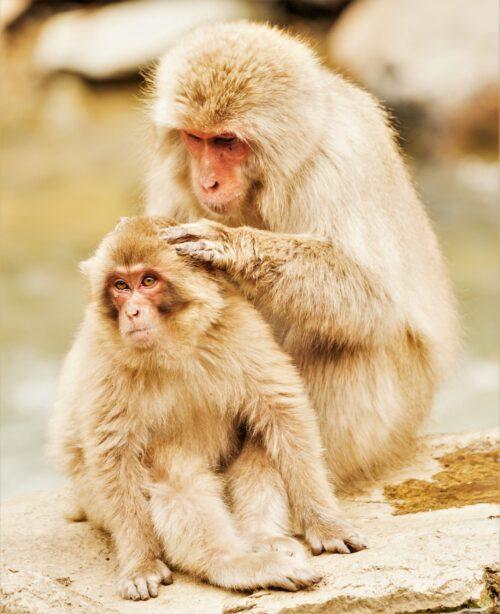
While attending San Diego State College in the early seventies, my work-study job was in the vivarium, a room for keeping and raising animals for